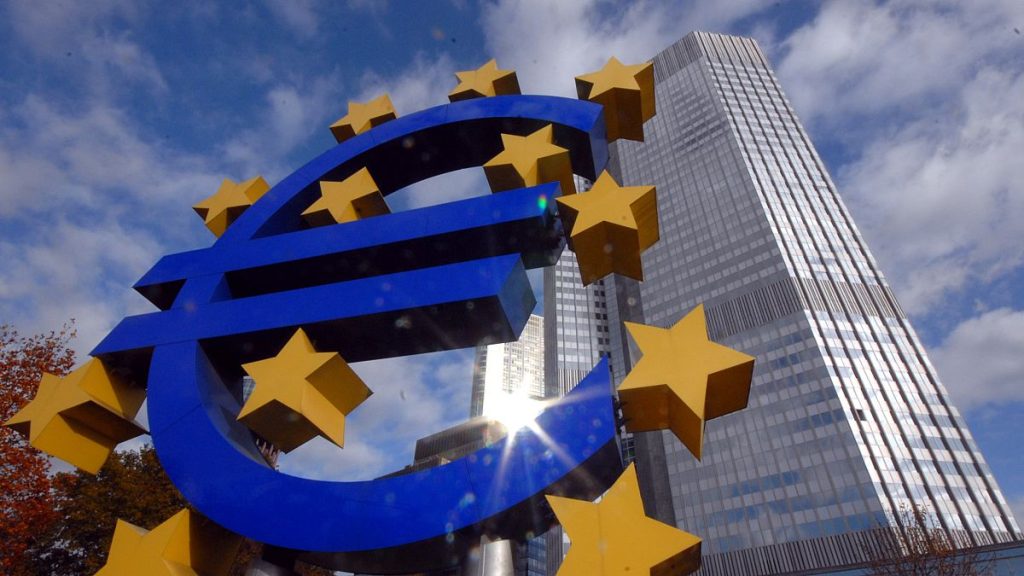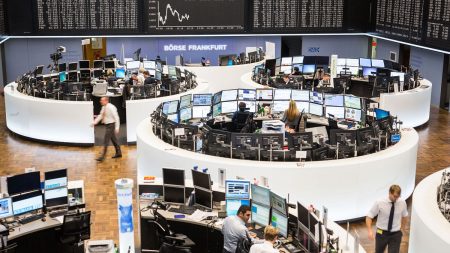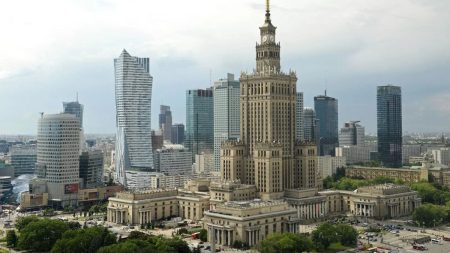The Eurozone economy experienced a modest but welcome acceleration in the third quarter of 2024, posting a 0.4% quarter-on-quarter GDP growth rate, marking the strongest expansion in two years. This positive development surpassed the previous quarter’s 0.2% growth and aligned with market expectations. Several factors contributed to this uptick, including increased household and government spending, as well as a build-up of inventories. However, the overall growth was slightly tempered by a negative net trade balance, as imports edged up while exports experienced a decline. On an annual basis, the Eurozone’s GDP expanded by 0.9%, also meeting market forecasts and exceeding the 0.5% growth recorded in the second quarter. This relatively positive performance has influenced the European Central Bank’s (ECB) monetary policy considerations, potentially leading to a more cautious approach to interest rate cuts.
The stronger-than-anticipated GDP growth has provided some reassurance amidst concerns about the Eurozone’s economic outlook. The improved figures suggest that the region’s economy might be more resilient than previously feared. However, analysts caution that this positive surprise needs to be interpreted carefully. Volatility in data from Ireland, which recorded an exceptionally high 3.5% quarterly expansion, contributed to the overall Eurozone growth figure. This outlier raises questions about the underlying strength and sustainability of the broader Eurozone recovery. Furthermore, forward-looking indicators like Purchasing Managers’ Indices (PMIs) paint a less optimistic picture, suggesting potential headwinds in the coming quarters.
Adding to the complexity of the economic landscape are political uncertainties in key member states like France and Germany, which could further dampen growth prospects. These uncertainties stem from various factors, including social unrest, political fragmentation, and challenges in implementing economic reforms. The ECB faces a delicate balancing act: acknowledging the better-than-expected recent performance while also remaining vigilant about potential future risks. The central bank must weigh these competing forces when deciding on the appropriate course of monetary policy.
Examining individual economies within the Eurozone reveals a mixed picture. Germany, the bloc’s largest economy, narrowly averted a technical recession by posting a 0.1% growth, slightly below expectations. While avoiding a contraction, Germany continues to grapple with structural challenges, including declining competitiveness, dwindling consumer confidence, and the impact of high energy prices. The Netherlands experienced a contraction, with its economy shrinking by 0.8% due to factors like weaker export growth and labor market tightness. Italy also faced headwinds, primarily from declining net exports, a struggling manufacturing sector, and waning business and consumer confidence.
On a more positive note, Spain and France provided brighter spots in the Eurozone’s economic landscape. Spain maintained its robust growth momentum, expanding by 0.8% for the second consecutive quarter. This positive performance was driven by a strong labor market, resilient consumer spending, and the continued boost from tourism. France also contributed to the overall Eurozone growth, registering a 0.4% expansion. These varying performances across member states underscore the uneven nature of the Eurozone’s recovery and the diverse challenges faced by individual economies.
Looking ahead, the Eurozone economy faces a complex and uncertain outlook. While the third quarter’s growth offers a degree of optimism, underlying vulnerabilities persist. The ECB’s monetary policy decisions will be crucial in navigating these challenges. The central bank must carefully calibrate its actions to support growth while also managing inflationary pressures and addressing the specific needs of individual member states. The interplay between political developments, global economic conditions, and domestic factors will ultimately determine the Eurozone’s economic trajectory in the coming months. Continued monitoring of key economic indicators and careful policy adjustments will be essential for maintaining stability and fostering sustainable growth in the region.














